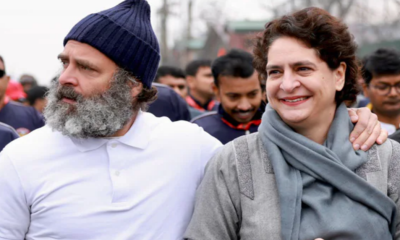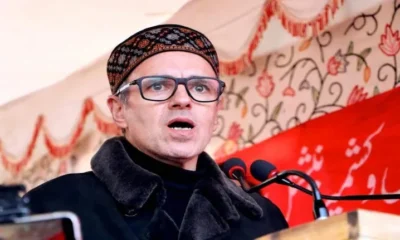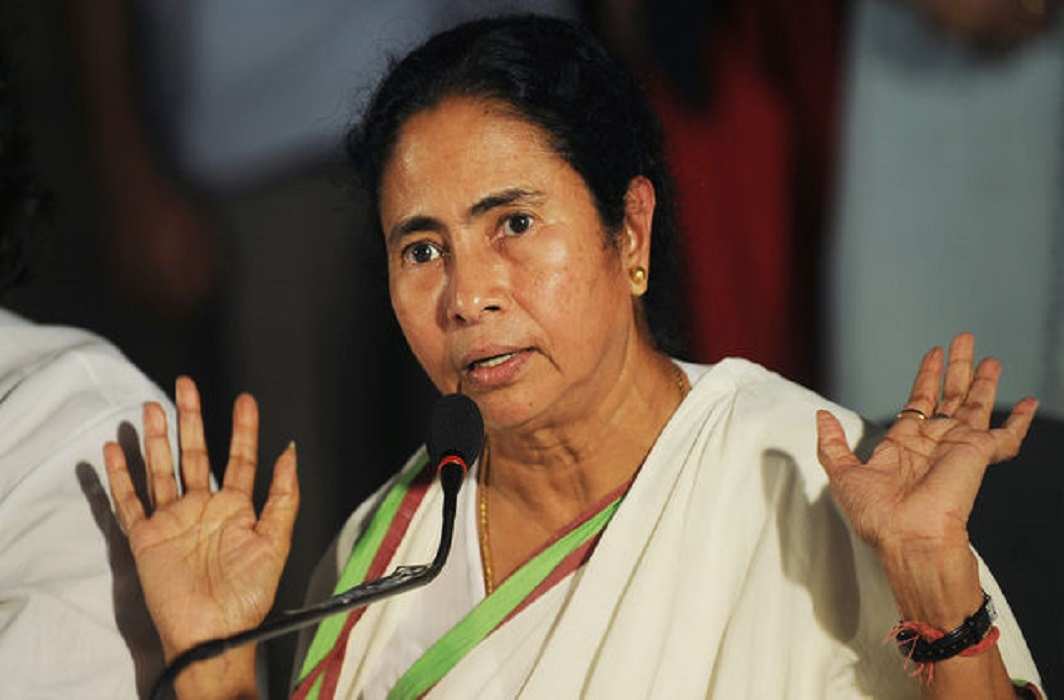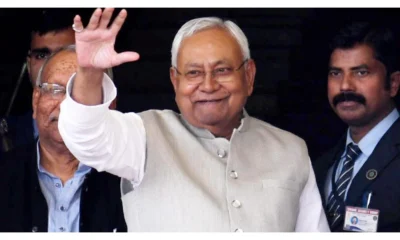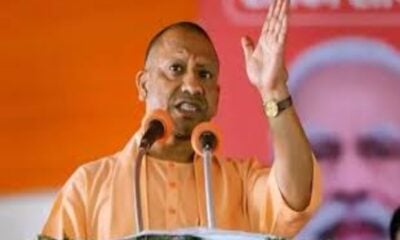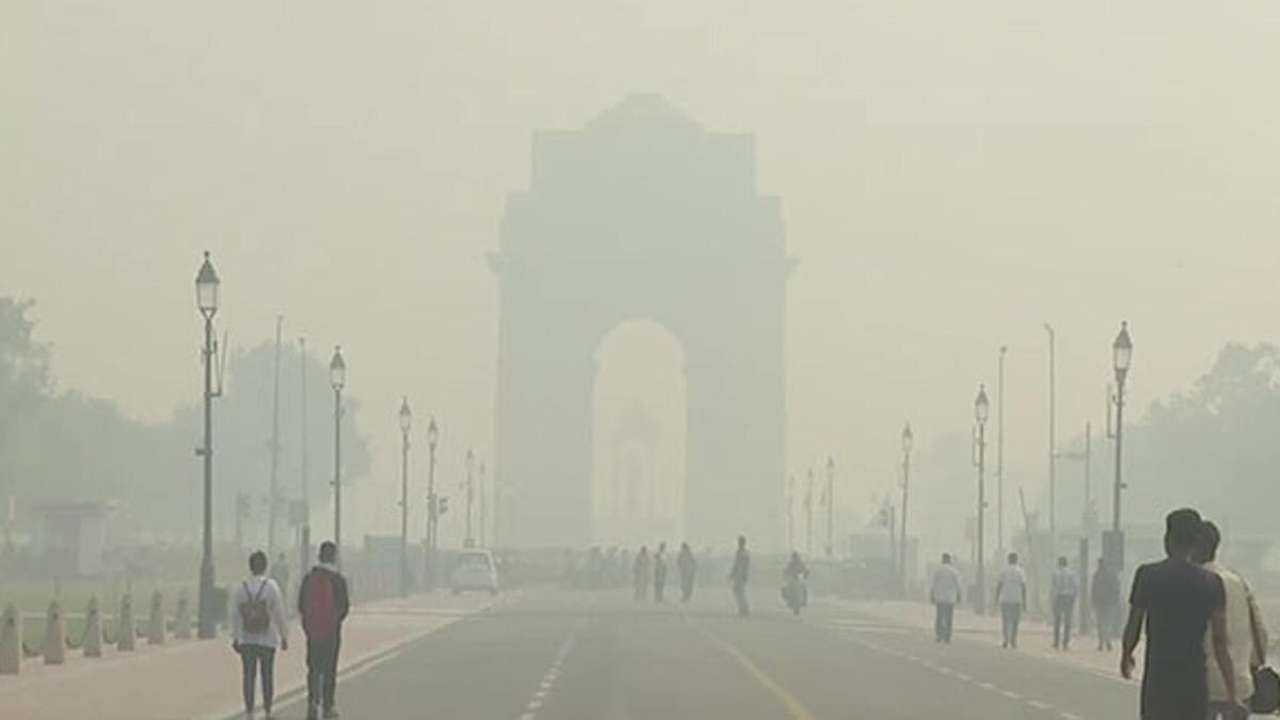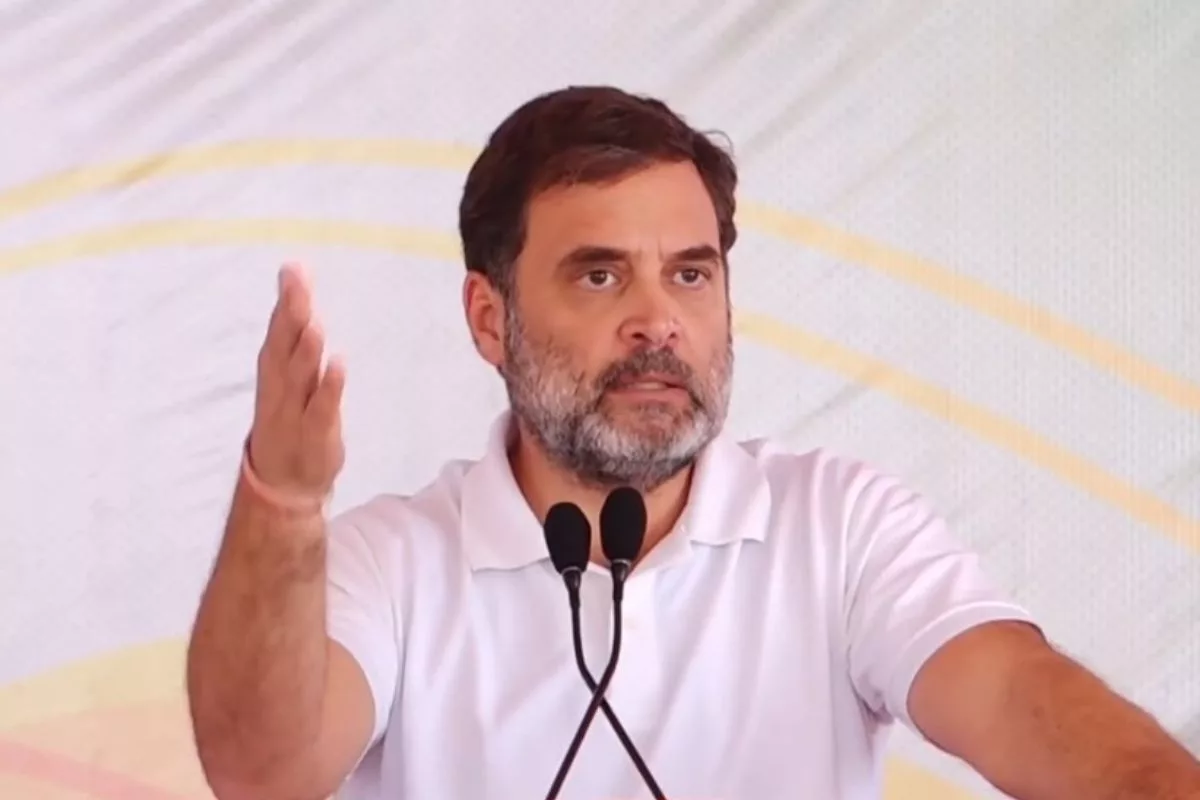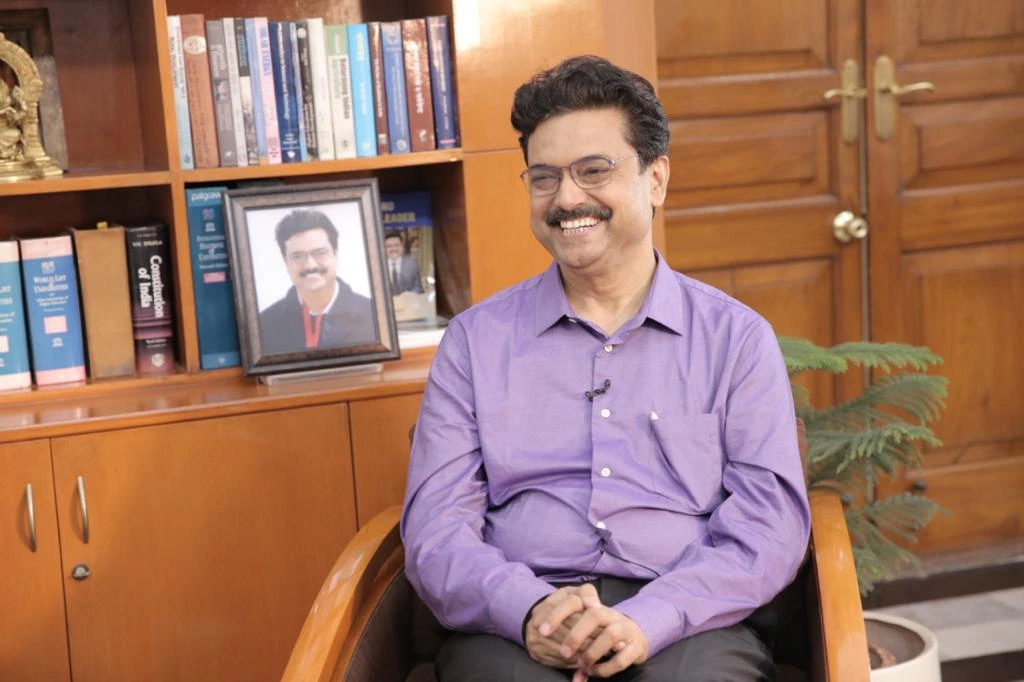[vc_row][vc_column][vc_column_text]It would seem the Uttar Pradesh (UP) police was not completely wrong in saying that probe into the cow slaughter was of higher priority than the killing of its inspector, Subodh Kumar Singh, in the ensuing violence in Bulandshahr.
Perhaps it is not going the way it was intended to, when UP chief minister Yogi Adityanath asked the state police to give more importance to the issue of cow slaughter.
A probe by the Additional Director General (Intelligence) SB Shirodkar, reported News18, found that the Bulandshahr mob violence in which a police inspector and a youngster were killed was a larger conspiracy, with the likely intent to clash with the Muslim procession passing through Bulandshahr-Garhmukteshwar State Highway on Monday.
The report, submitted to the UP police chief and to be given to chief minister Yogi Adityanath at the time of the report, said that the biggest sign of the violence being a pre-planned conspiracy was that the cow carcass found at the spot, which was the trigger for the violence, was 48 hours old and was most likely not slaughtered in Sayana village as claimed by Barjrang Dal’s district head Yogeshraj Singh, who had in his police complaint stated that he witnessed the cow being killed.
It further said that the mob behaviour suggests that some in the crowd were deliberately trying to escalate the situation and ensure violence.
“They didn’t lift the road blockade even after an FIR was registered (based on Yogeshraj’s complaint. When inspector Subodh Kumar Singh informed them that a case was lodged, some in the mob fled with the tractor and left the trolley with remains of dead animal parked on the road to block it,” reads the report.
The ADG said this is when inspector Subodh and some officers, including the tehsildar, realised that the intent could be to confront the crowd that was shortly to return from the Muslim convention that had just got over some 30 km away.
Sensing trouble, they tried to remove the trolley with the carcass, but encountered stiff resistance and this is when the violence escalated.
Calling it a failure of intelligence, Shirodkar asked why there was no prior warning about a possible conspiracy to stage a riot after spreading rumours of cow slaughter.
“Though force was sent on spot including 25 men of PAC, more force should have been sent during the crucial hours between 9 am and 1 pm,” the report added.
From this, it appears Inspector Subodh Kumar Singh was killed by people who were trying to start a communal clash – and considering the violence they indulged in, had prepared for it. Moreover, it is clear that the BJP and Sangh parivar outfits had been gunning for the police Inspector for some time. (More on this comes below).
The UP government had also ordered a separate SIT probe, whose report is also awaited.
The police have arrested four Muslim men — Sarfuddin, Sajid, Asif and Nanhe — under sections of the UP Prevention of Cow Slaughter Act 1955 for cow slaughter, despite holes in Yogeshraj’s version.
He had first claimed to have seen the men slaughtering the cow, but later in a video released from hiding, stated that he went to the spot where the cow carcasses were hung after receiving a phone call. The men named in his complaint also included two minors, aged 11 and 12, and three men who live in Delhi-NCR.
Earlier, Additional Superintendent of Police (Bulandshahr) Rayees Akhtar told The Indian Express (IE): “Our main concern at this moment is to find out who killed those cows. After all, it was the killing of the cows that led to the protest, which resulted in Inspector Subodh Kumar Singh’s murder. Our belief is that once we solve that case, it will throw light on how the murder occurred. The cow-killers are our top priority. The murder and rioting case is on the backburner for now.”
So far, police have arrested four persons — Chaman, Devendra, Ashish Chauhan and Satish — for their alleged involvement in Singh’s murder. But they are yet to nab the main accused, Yogeshraj Singh, a Bajrang Dal activist who is on the run.
Local BJP functionary accused in Inspector’s killing blames him for violence, alleges he was corrupt
Meanwhile, a day after Yogeshraj posted a video on social media claiming his innocence, another video of Accused No.9 in the FIR on Singh’s killing — BJP’s Syana unit youth wing president Shikhar Agarwal — surfaced in which he alleged that the slain SHO had threatened him.
Agarwal, a resident of Siyana, claimed in the video: “I was told of a commotion in Mahwa and when we reached there, I saw that cows had been slaughtered. We put the carcasses in the tractor and went towards Chingravati Police Station where we were stopped by Subodh Kumar Singh. He asked us to bury the carcass there and threatened to shoot us. I informed Sub-Divisional Magistrate of Siyana, Avinash Chandra Maurya, about the conversation who assured that an FIR will be filed.”
Agarwal claimed that the SHO was to blame for the violence. “It was only because Subodh Kumar Singh refused to file an FIR that things got out of hand and a riot-like situation was created.”
Questioning Singh’s integrity, Shikhar Agarwal said: “Everyone in Siyana knows… I have full faith in the Yogi Adityanath government… If I am guilty I will be hanged, if not I will go free.”
Asked about Agarwal’s claims, Bulandshahr SP (City) Pravin Ranjan Singh told IE: “An accused will say whatever he has to say in his defence. It does not matter. Subodh was an honest officer.”
Local saffron leaders had wanted Inspector transferred
A three-month-old letter that has now surfaced indicates that local saffron leaders had sought the officer’s transfer, reported The Times of India (TOI).
In a letter written to Bulandshahr MP Bhola Singh on September 1, BJP functionaries of Syana had accused the officer of putting obstacles in the way of Hindus’ religious functions.
Sanjay Shrotiya, BJP’s Bulandshahr city general secretary and one of the signatories, confirmed that such a letter had been sent to the local MP against the “high-handed attitude” of the Syana SO, the TOI report said.
The handwritten letter was reportedly signed by six BJP leaders of Syana, including local block pramukh Pramendra Yadav.
Alongside this, according to a report in The Hindustan Times (HT), Inspector Subodh Kumar Singh’s wife, Rani, told chief minister Yogi Adityanath on Thursday her husband, who was handling complaints against cow slaughter, used to get threatening calls over the phone.
In a video circulated to the media after her meeting with Adityanath, Rani, who met the UP CM along with her sons in Lucknow, is heard saying, “There is one more thing, Sir. My husband used to call me to the police station (Syana) and I used to go there. The last time when I was there, three people had been arrested for cow slaughter.”
“There was a call from Syana MLA (Devendra Singh Lodhi) when my husband was in the bathroom. He asked me to pick up the call and inform that he was inside,” she says.
However, the HT report said, there is no clarity about what she said further as the video was disconnected – significantly, just at the crucial point.
A senior officer present at the meeting said she only informed the chief minister about the threats her husband used to receive and there was nothing beyond that.
“I have informed the chief minister about all this and he has assured us of a fair inquiry,” Rajni said while speaking to the Hindustan Times over the phone after the meeting.
Slain Inspector was key witness in Dadri lynching case
The murder of police inspector Subodh Kumar Singh in Bulandshahr will affect the Dadri lynching case, the counsel for the victim Mohammad Akhlaq told News18.
“He was one of our most important witnesses. His murder will definitely be a setback,” said Yusuf Saifi, who has been fighting the case in a trial court on behalf of the victim’s family. Singh was witness number 7 in the case.
[/vc_column_text][/vc_column][/vc_row]

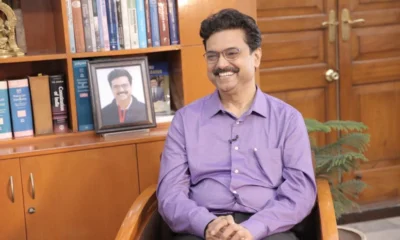
 India News18 hours ago
India News18 hours ago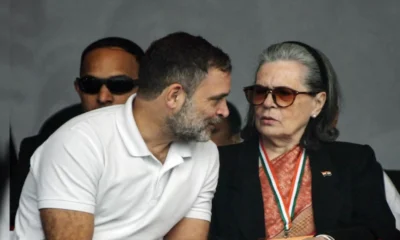
 India News20 hours ago
India News20 hours ago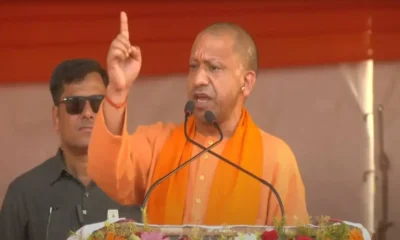
 India News21 hours ago
India News21 hours ago
 India News18 hours ago
India News18 hours ago
 Entertainment19 hours ago
Entertainment19 hours ago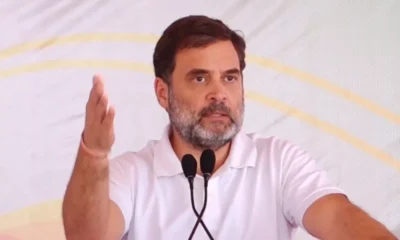
 India News47 mins ago
India News47 mins ago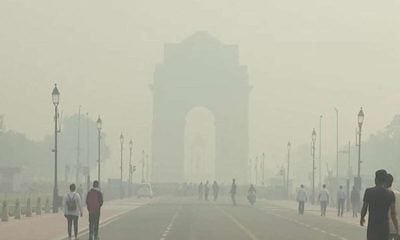
 India News2 mins ago
India News2 mins ago
